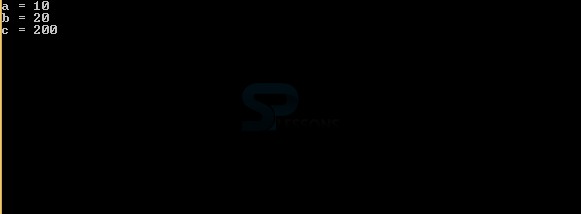 Description
Description
In the computer language variable can be defined as memory locations. Variable is a name which is given to the storage space where the user can store the data. The variable has a datatype which determines the specific type of data. There are two types of data types in any.Net languages.Declaration of the variable depends upon the user input. If the user has to give the numeric inputs, then user have to declare a variable as an integer.Always the variable declaration will start with the keyword called "Dim" which have different meanings like "Declare in Memory" and "Dimension".
- Value Type
- Reference Type
value types.
VB.Net also support value types like enum and reference type like Class. - Integer
- Decimal
- Float
- Boolean
- Date
 Syntax
Syntax
[vbnet]Dim VariableName as Datatype[/vbnet]
Example:
[vbnet]Dim n as integer n=10 'initialization[/vbnet]
 Description
Description
The declaration of variable is same in all the languages that in two ways developer can declare the variable where both will have different functionalities.
Following is an example to declare the variable.
[vbnet]Dim a as integer = 10 'At the time of the declaration
<pre>Dim a as integer a=10 ' After the Declaration[/vbnet]
- At the time of declaration
- After the declaration
 Example
Example
Following is a basic example to declare a variable.
[vbnet]Imports System
</pre>
<pre>Public Class Example
Shared Sub Main()
Dim a As Long
Dim b As Integer
Dim c As Double
a = 10
b = 20
c = a * b
Console.WriteLine("a = {0}", a)
Console.WriteLine("b = {0}", b)
Console.WriteLine("c = {0}", c)
Console.ReadLine()
End Sub
End Class
[/vbnet]
Output:
when user execute the above code, then you will get the following output.
 Points
Points
- Before declaring variable datatype should be declared.
- Most of the developers will use run time declarations.
- Dim Variable Name as Datatype is the declaration syntax of variable.





